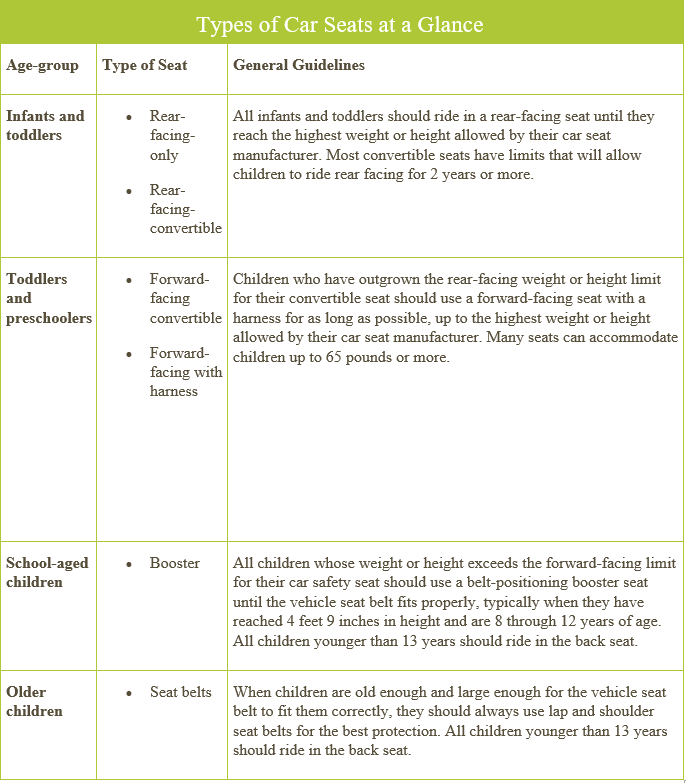It’s
that time of year again! The fall and winter seasons are approaching. Along
with exchanging presents during the holiday season, everyone, especially children,
are passing around germs and illnesses between each other. We here at NOAH want
to inform you about the flu and why it is important to protect your child
against the flu with the flu vaccine.
The
Flu is short for Influenza – a virus that most often causes an illness that
affects our breathing and airways. There are many different viruses that can
cause common cold symptoms, but influenza is different in that it is more
contagious, and often causes worse symptoms, lasts longer (a week or more) and
has more severe problems that it can cause compared to other common cold
viruses including pneumonia (an infection of the lungs), and a bacterial
infection.
The
flu is highly contagious, and most often spread via droplets, meaning it is
most often caught from being near when a person with flu coughs or sneezes. It
can also be caught when a child touches something contaminated with the flu
virus, then touches their eyes, nose, or mouth.
The
symptoms of the flu include:
- Sudden,
often high fever
- Chills
- Body
shakes
- Muscle
aches
- Headache
- Being
more tired than usual
- Runny
or stuffy nose
- Sore
throat
- Dry
cough
- Some
children may even throw-up (vomit) and have diarrhea
Although the likelihood of
getting the flu is high, the children who
would suffer the greatest problems from getting the flu are:
- Those
with chronic medical conditions – especially respiratory conditions including
Asthma and chronic lung disease
- Heart
problems
- Diabetes
- Sickle
cell disease
- Weakened
immune system
- Disorders
of the brain or nervous system
How
can you prevent or decrease the risk of your child getting this scary flu
virus?
The best way to protect against the flu is the influenza vaccine. All infants
and children 6 months old and older can get the flu vaccine every year. Since
babies younger than 6 months cannot get the influenza vaccine, the best way to
protect them is that everyone around and taking care of the baby get the flu
vaccine. Along with this, frequent, good hand washing with soap and water is
especially important. If you cough or sneeze, be sure to do so into your elbow
(like a vampire holding their cape!) or into a tissue, but not directly into
your hands. Teach your children these good habits from a young age as well! Sanitize
toys that your children play with frequently as well.
Along
with this, it may be a good idea to keep
your child home from daycare or school if they are having the following
symptoms:
- Fevers
(usually a temperature greater than 101F)
- Chills
and shaking of the body
- Headaches
- Body
aches
- Tiredness
/ sleepiness
- Sore
throat
- Runny
nose / congestion
- Dry
cough
Do
not hesitate to bring your child in to your NOAH clinic to evaluate your child
and determine if any treatment would be helpful.
The
side effects from the flu vaccine are few, and generally much less severe than
getting infected with the flu. These include:
- A
low-grade fever
- Some
redness and soreness around the site that the injection was given.
- The
flu vaccine is made using eggs. Those who have a severe allergy to egg
(anaphylactic reaction) should have a discussion with their doctor before
getting the flu vaccine.
At
NOAH, we are here to help you and your child get through the cold and flu
season safely and healthily. Please call today to make an appointment to get
you and your child the flu vaccine!
For
more information, please visit:
- https://www.healthychildren.org/English/health-issues/conditions/chest-lungs/Pages/The-Flu.aspx
- https://www.healthychildren.org/English/safety-prevention/immunizations/Pages/Prepare-Your-Family-for-Flu-Season.aspx
- https://www.cdc.gov/flu/index.htm
- https://www.cdc.gov/flu/prevent/vaccinations.htm


